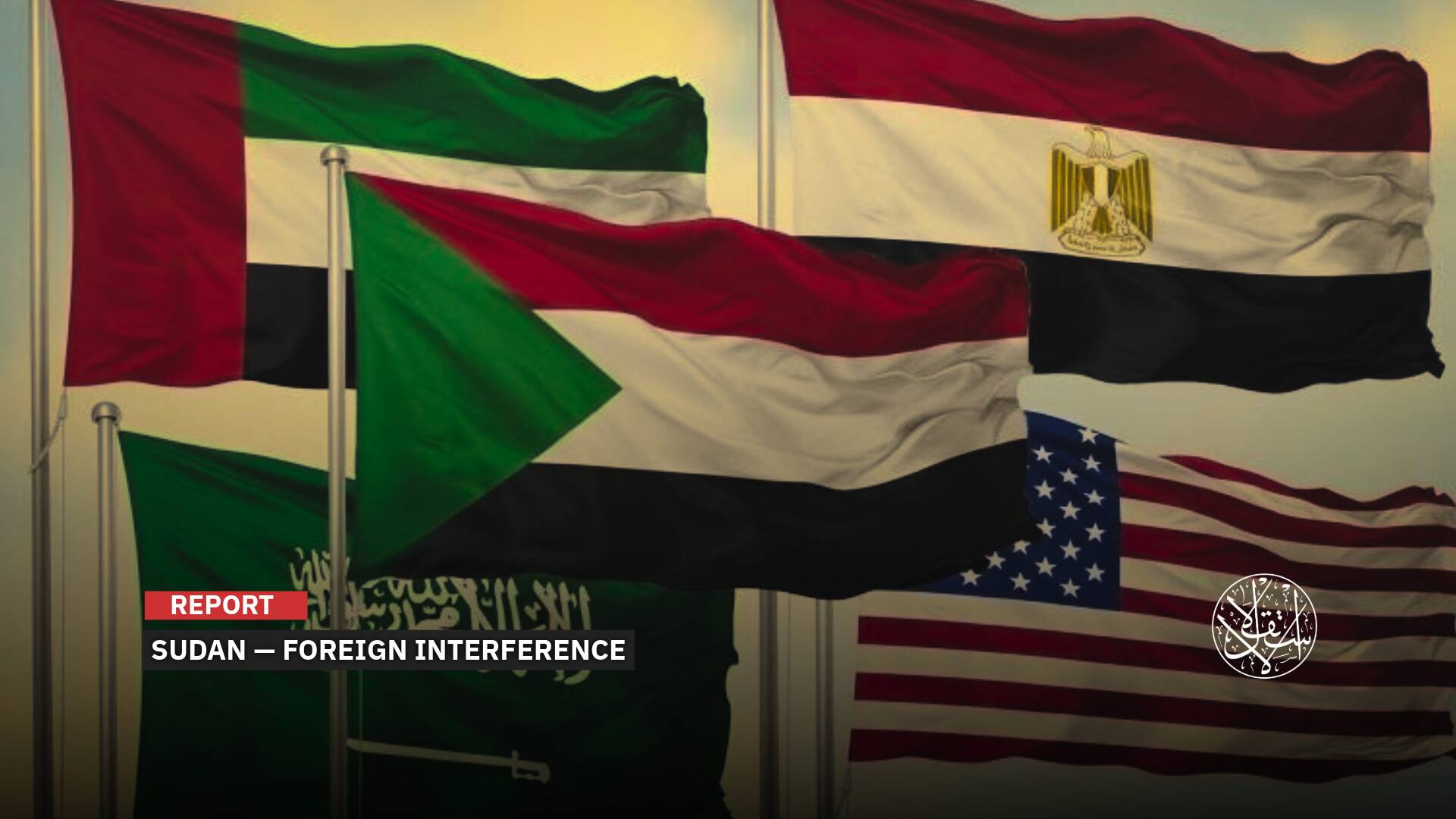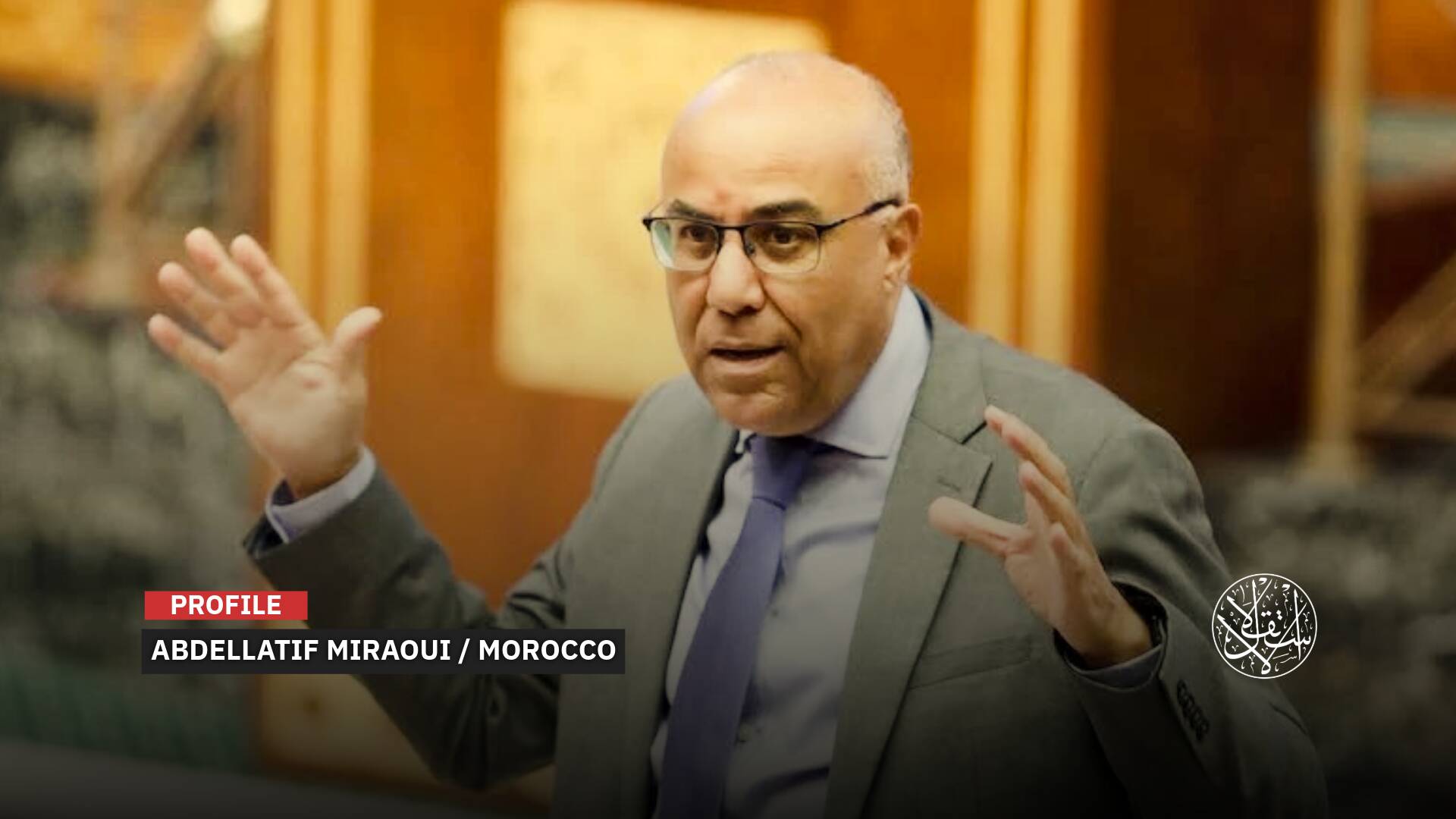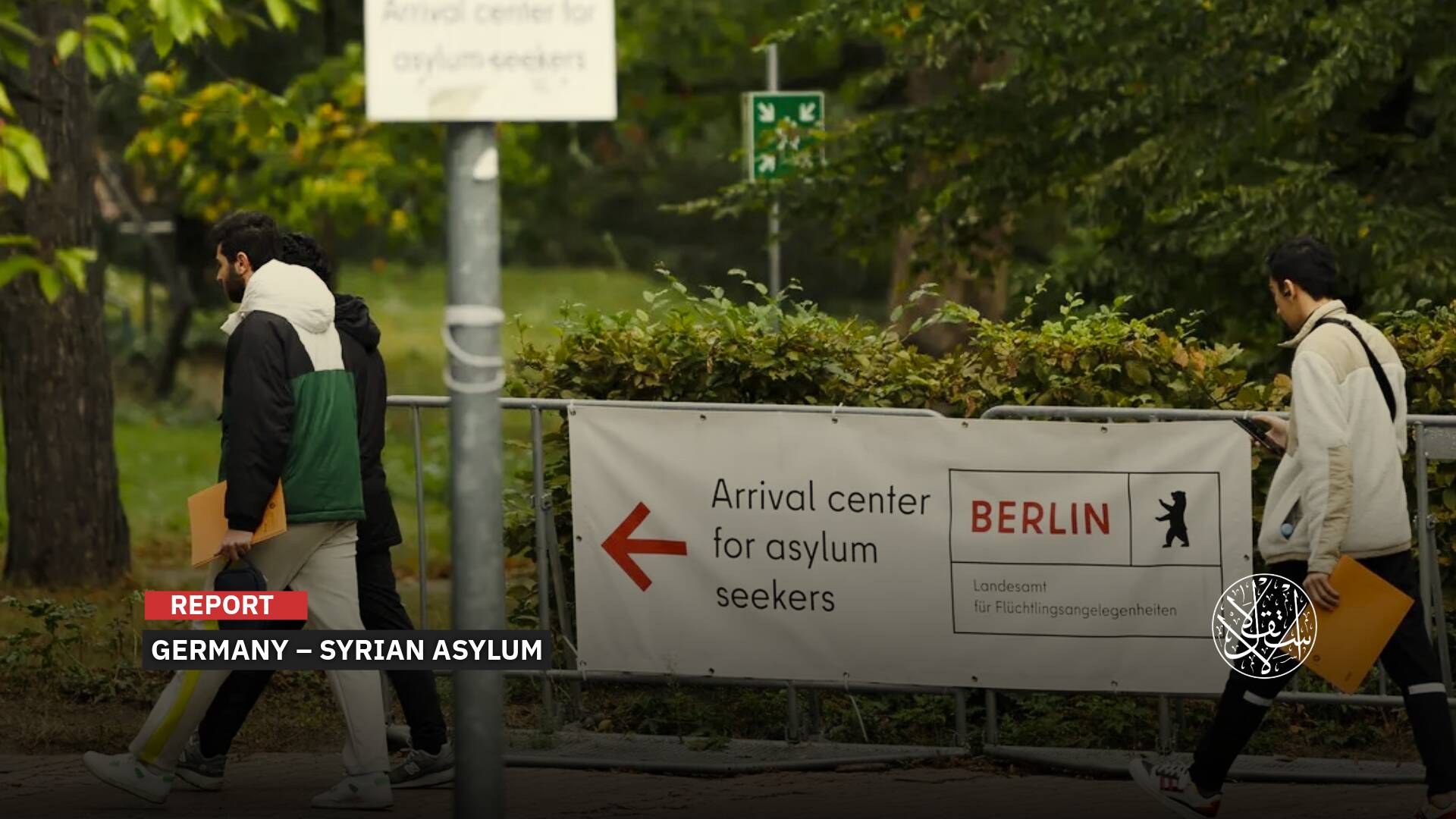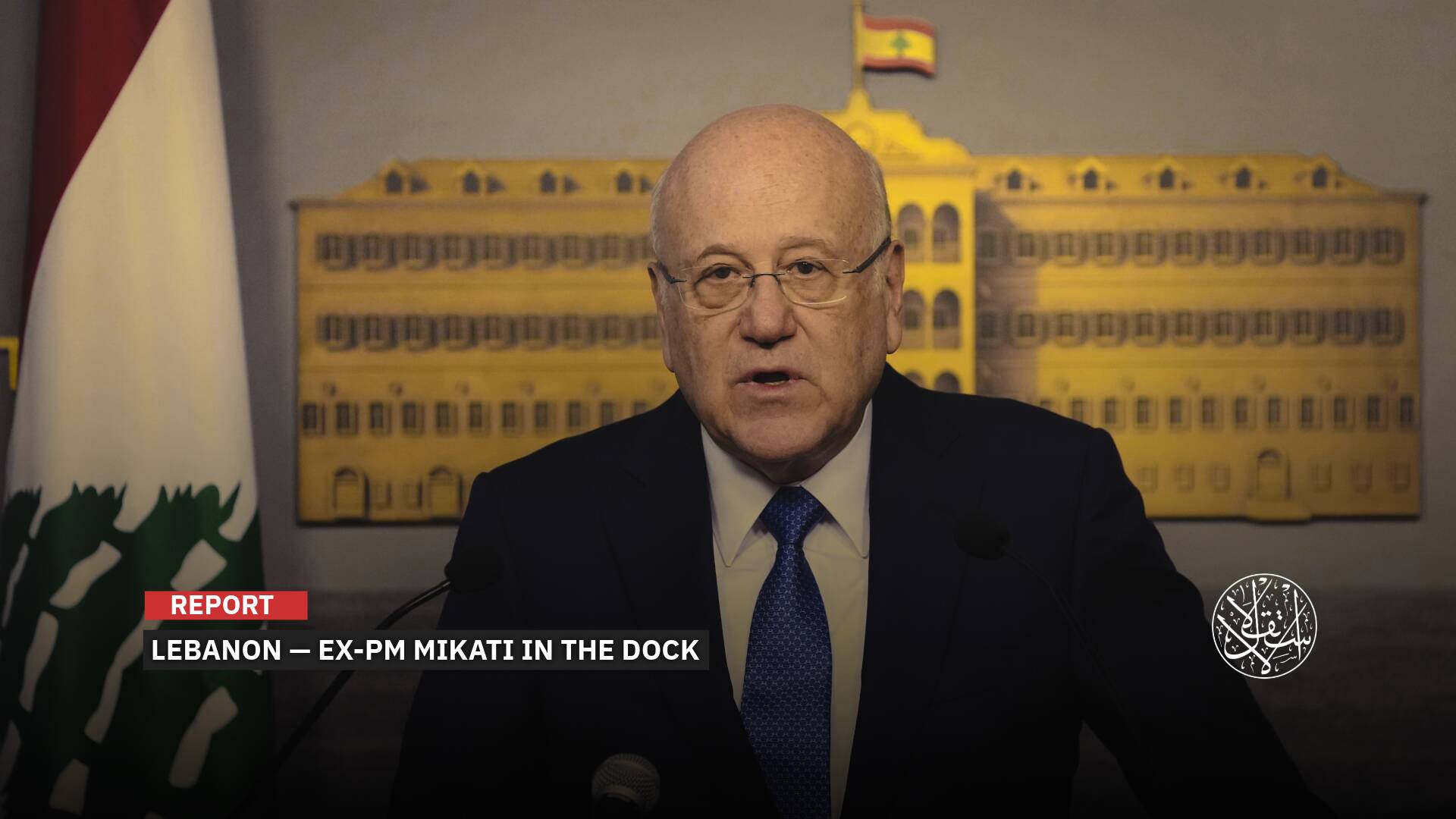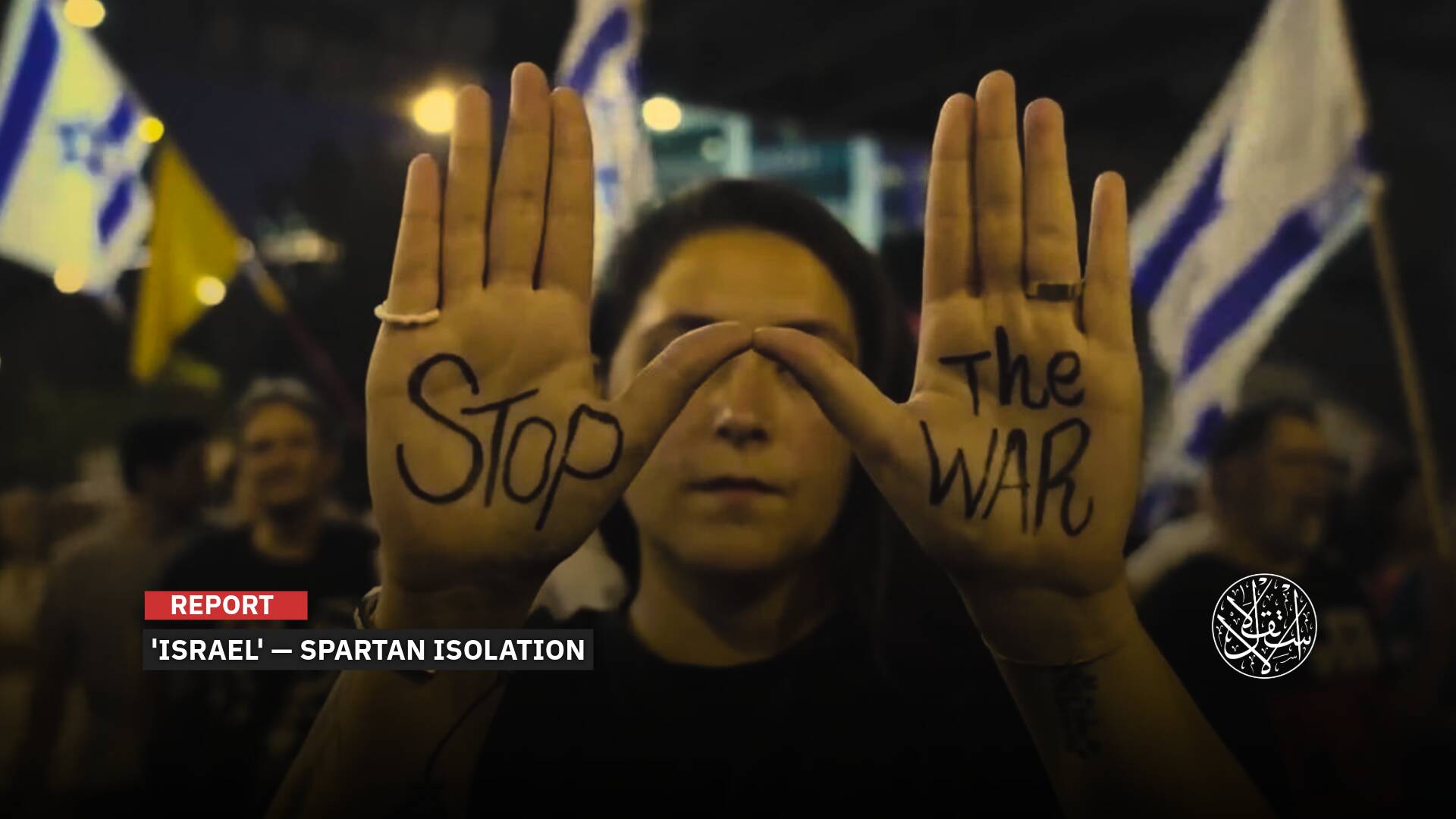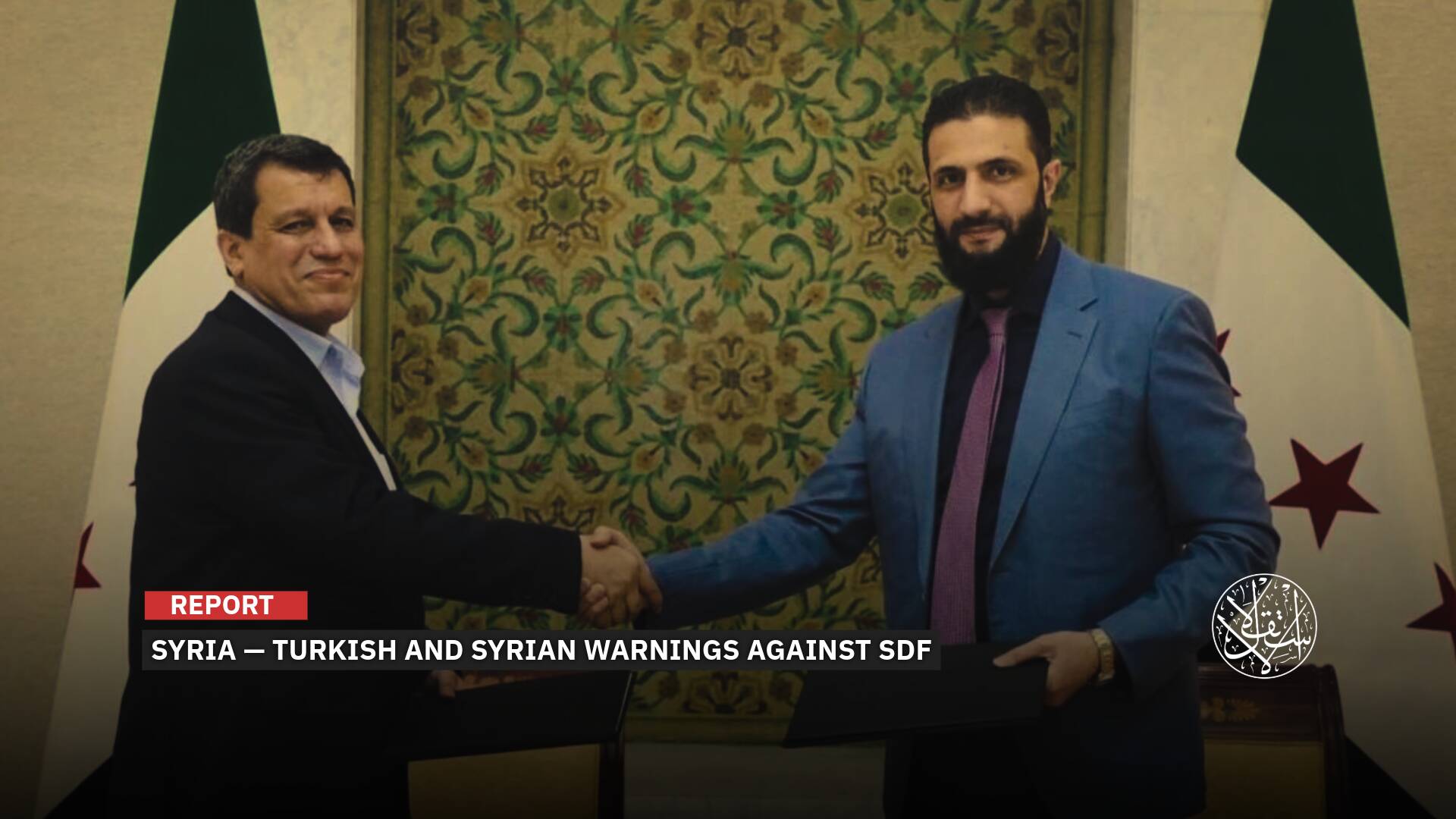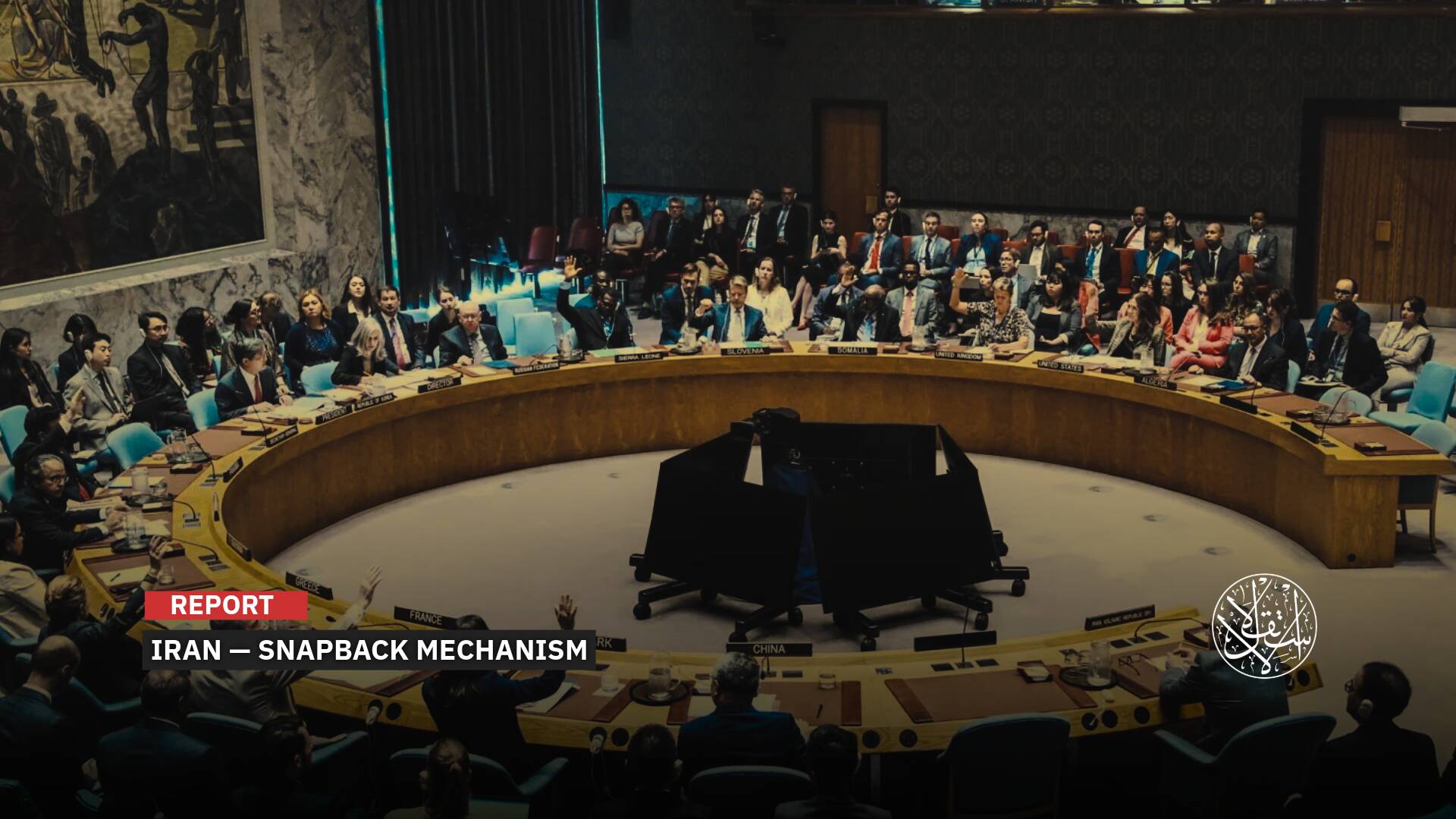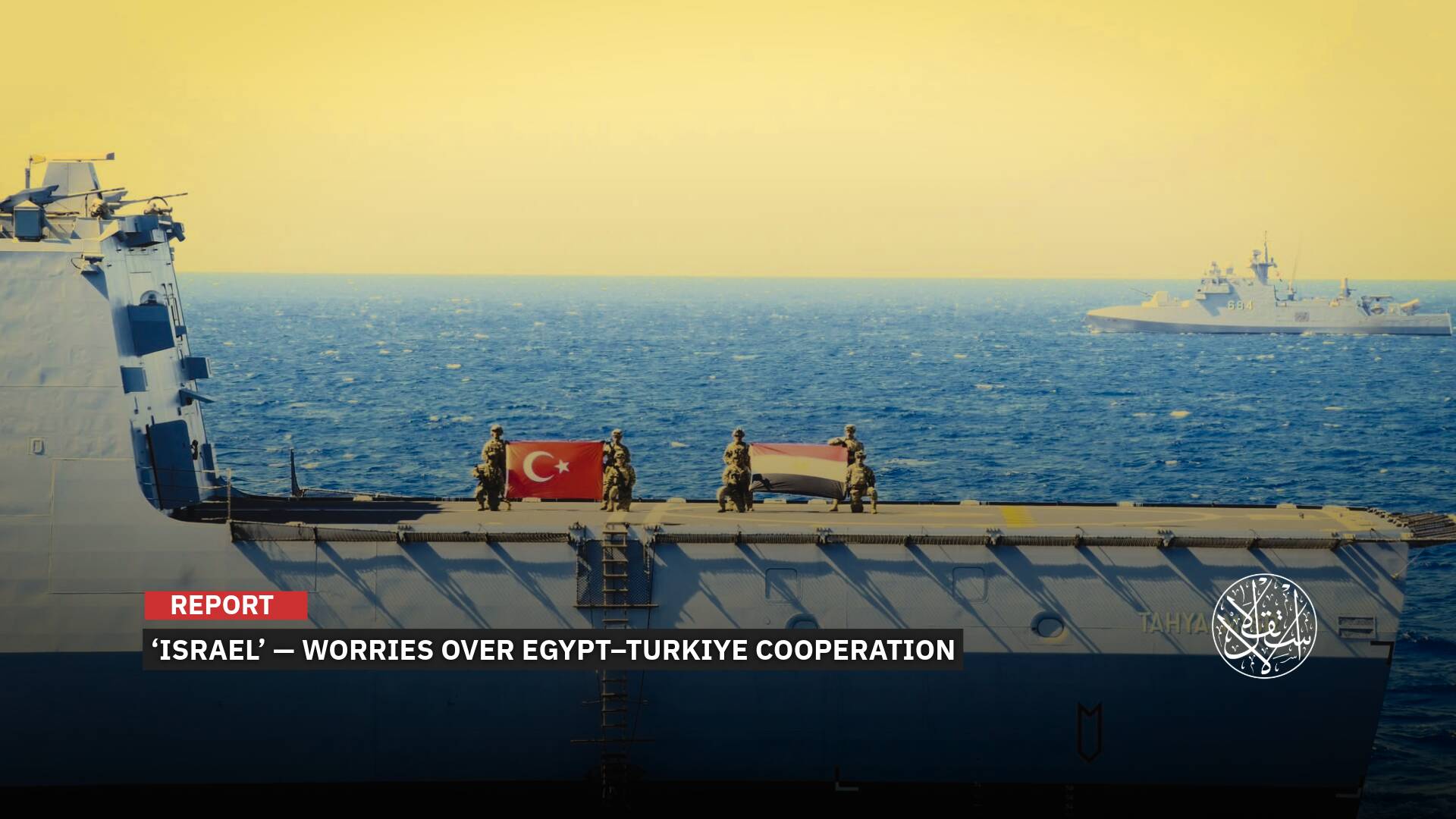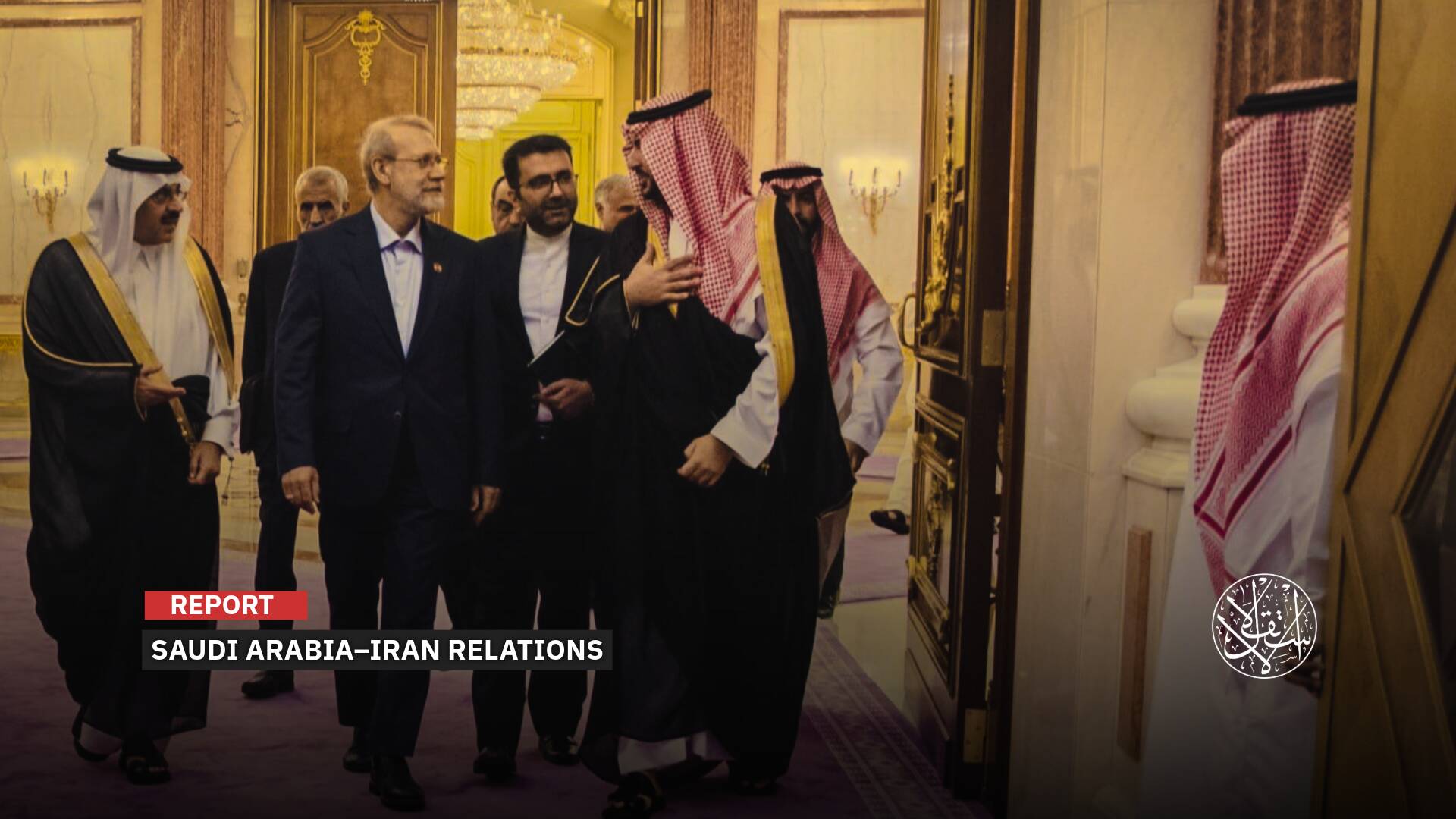Anchor at Risk: Russia’s Struggle to Maintain Naval Power on Syria’s Coast

Russia is now seeking alternatives to its bases in Syria.
The future of Russia’s naval foothold in Tartus, Syria, hangs in the balance as Damascus reconsiders its relationship with Moscow following the ouster of Bashar al-Assad.
Under Assad’s regime, Russia secured a 49-year lease extension for its naval base in Tartus—the country’s sole military hub in the Mediterranean. However, Assad’s escape to Russia on December 8, 2024, has cast doubt on the long-term validity of this agreement.
Tightening Restrictions
The new Syrian leadership has imposed significant restrictions on Russian naval activities. Russian ships have been barred from docking at the Tartus port, with some forced to endure extended waiting periods before being allowed entry.
On January 22, 2025, the Russian ship Sparta II was granted permission to dock in the military section of the Tartus port after a 14-day delay. The vessel, which departed from Baltiysk in the Kaliningrad region on January 11, is suspected of carrying military equipment, as it frequently transports gear for Russia’s Ministry of Defense, as per Polish Press Agency.
During the waiting period, Russian ships were forced to stay 18 miles off the Syrian coast due to patrols by Syrian forces in territorial waters. This restriction left Russia reliant on the Khmeimim Airbase in Latakia for the evacuation of its personnel.
Sparta II, a 126.84-meter-long multipurpose cargo vessel capable of carrying military hardware, eventually docked near a stockpile of vehicles and equipment, reportedly prepared for shipment to Russia or other Mediterranean locations.
Russia intervened in Syria in September 2015, ostensibly to prop up Assad during the uprising that began in 2011. By 2017, Moscow had cemented its influence with a long-term lease for the Khmeimim Airbase, also for 49 years, with an option to extend by 25 years.
The Tartus naval base, situated 50 kilometers from Khmeimim, was leased under a similar agreement and has served as a logistical support hub for Russian operations in Syria.
Now, as Syria’s new leadership reevaluates Moscow’s military presence, Russia faces the potential unraveling of its carefully constructed strategy in the region—a blow that could reshape its influence across the Mediterranean.

Fee Reduction
In a significant development that could spell the end of Russia’s maritime foothold on the Syrian coast, the new Syrian administration has terminated its agreement with a Russian company managing the Tartus port and demanded the firm’s exit from the country.
On January 20, 2025, Ryad Joudi, the Director of Tartus Customs, announced that the deal with the Russian company to operate the port had been canceled, declaring, “The revenues from the port now belong entirely to the Syrian state.”
Speaking to the local al-Watan newspaper, Joudi revealed that the transitional government is restructuring the port and working to restore its full operations. As part of these efforts, the government is slashing customs fees on select goods by 60% to boost the port’s competitiveness against regional counterparts while imposing higher tariffs to protect local products.
The terminated agreement was with Stroytransgaz, a private Russian construction firm owned by Gennady Timchenko, a businessman closely tied to Russian President Vladimir Putin. In 2019, the company had signed a $500 million deal with the Assad regime to modernize the port over four years, with a 49-year lease for its operations. Under the deal, the Russian firm was entitled to 65% of the port’s revenues, with the Assad government retaining 35%.
The project aimed to deepen the port’s northern section, built by a Danish company in 1960, to accommodate vessels with capacities of up to 100,000 tons. At the time, the port’s depth ranged from 4 to 13 meters, limiting its capacity to smaller ships carrying only 30,000–35,000 tons.
Stroytransgaz, one of Russia’s largest construction firms, had previously secured a 50-year phosphate mining deal in Syria’s Palmyra region in 2018. Now, its exit from Tartus underscores a broader recalibration of Syrian-Russian relations under the country’s new leadership.
This abrupt shift marks a major blow to Moscow’s strategic interests in the region, threatening to dismantle its logistical and naval operations on Syria’s Mediterranean coast.
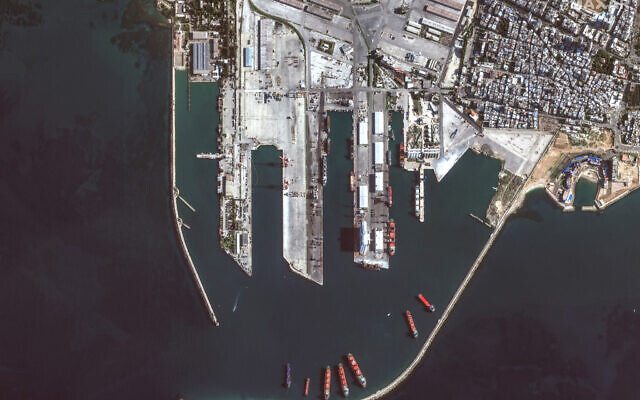
Russian Concerns Grow
Tartus, home to Russia's only naval base outside its borders, remains a cornerstone of Moscow's regional strategy. However, the future of Russia's military presence in Syria is now under negotiation, according to Syrian Transitional Defense Minister Murhaf Abu Qasr. No resolution has been reached yet.
“The termination of the port lease agreement is an unpleasant and alarming call for us,” military expert Vasily Dandykin told Izvestia.
“This agreement concerns the commercial use of the port, its development, but not our logistics center.”
“This is an unpleasant scenario for us. We still have interests in the Mediterranean region and the Middle East. Our bases in Syria occupied key points. Of course, in Tartus we do not have a full-fledged naval base, but a basing point,” he said.
Strategic Implications
Military analyst Viktor Litovkin also warned of the strategic consequences if Russia loses access to Tartus. “If we lose the base in Tartus, the Russian Navy ships will have nowhere to bunker and repair in the Mediterranean Sea,” he told Izvestia.
The military expert pointed out that Turkiye has now closed the Bosporus and Dardanelles straits, “preventing our ships from returning to or entering the Black Sea for the same repairs.”
“Nobody likes the fact that we are present in the Mediterranean Sea, and first of all the Americans and Israelis.”
As negotiations over Tartus continue, the uncertainty underscores the precarious state of Russia’s foothold in the region, amid growing regional and international tensions.

Searching for Alternatives
“Syria is under pressure now, so there is a possibility that we will lose our base in Tartus,” Litovkin said. “But so far the agreement has been terminated only on the port. And the port and the base are different concepts.”
“Our leadership, knowing about this possibility, I think, is now looking for a replacement for these bases. But where they will be located is a big question,” he added.
Litovkin cited previous failed attempts, including an agreement for a base in Eritrea that was later rejected by the country's new government. He also noted the lack of guarantees for establishing bases in Libya, Algeria, or Egypt.
Russian radars and air defense systems, including the S-300 and S-400, were transferred from Syria to Libya, U.S. and Libyan officials told The Wall Street Journal on December 18, 2024.
British military intelligence confirmed on January 21, 2025, that Russia lacks an equivalent alternative to its naval base in the region, stressing Moscow's priority to maintain logistical support for its forces and private military contractors in Africa while mitigating reputational damage from the fall of the Assad regime.
Experts suggest that Syria's new leadership is determined to prevent the country from becoming a battleground for international divisions. Measures include curbing Russian and Iranian leverage over global powers and avoiding activities previously sanctioned under Western restrictions, such as transferring military equipment from Crimea to Syria.
Post-Assad Syria's role as a strategic foothold for Moscow remains uncertain. Tartus, once pivotal in Russia's military posture, including during its invasion of Ukraine in 2022, may no longer serve as an eastern flank against NATO or a testing ground for naval capabilities.
During the 2022 conflict, Russia leveraged Tartus to showcase military power, including exercises involving 15 warships. These drills focused on detecting enemy submarines, controlling regional navigation, and coordinating airspace use.
Today, with foreign diplomats and journalists returning to Syria, Russia's presence is under greater scrutiny. Unlike during Assad’s rule, Russian activities—ranging from violating international sanctions to questionable operations—are now more transparent.
For instance, following the Ukraine invasion, Kyiv accused Russia of stealing Ukrainian grain and storing it in Syria for strategic purposes. In July 2022, The New York Times reported that many African nations, facing acute grain shortages, were willing to purchase this grain despite its illicit origins.
As Moscow grapples with the shifting dynamics in Syria and its broader geopolitical implications, its future strategy in the region remains fraught with uncertainty.
Sources
- Syria's New Government Cancels Russian Port Lease at Tartus
- Putting it on Tartus: what will change for the Russian Navy in the Mediterranean Sea the closure of a port in Syria
- Syria’s new leaders cancel port contract with Russian firm
- Syria terminates deal with Russian firm managing Tartus port
- Russia Withdraws Air-Defense Systems, Other Advanced Weaponry From Syria to Libya
- Russia Seeks Buyers for Plundered Ukraine Grain, U.S. Warns


